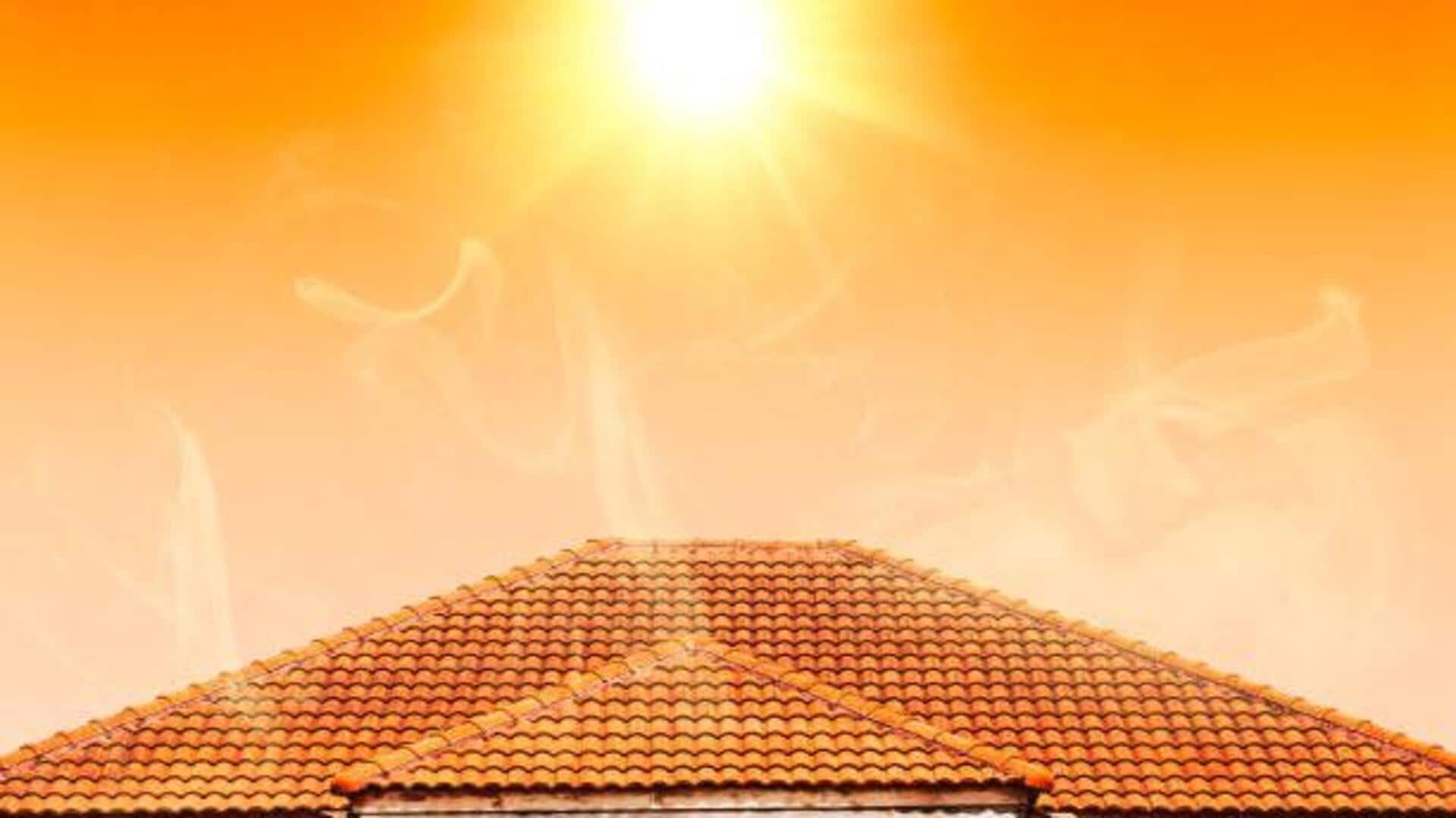
Beat the heat: 5 budget-friendly cooling strategies
What's the story
Africa's climate has been characterized by extreme heat, which can be difficult to cope with without spending a fortune.
But, there are some budget-friendly tips that can help you keep your homes and workplaces cool.
Not only do these tricks save you money, but they also ensure energy efficiency and environmental sustainability.
Here's how you can enjoy a more comfortable living without spending a dime.
Natural airflow
Use of natural ventilation
Maximizing natural ventilation is a great way to cool spaces without shelling out any extra money.
Strategically opening windows and doors allows for cross-ventilation, which in turn helps in circulating fresh air across the space.
This works best during cooler parts of the day or night when the outside temperature falls a tad bit.
Using fans with open windows can enhance airflow further, making interiors feel much cooler.
Green cover
Planting shade trees
Planting trees around your home or building offers natural shade and can cool indoor temperatures by blocking direct sunlight.
Trees like neem or acacia are ideal for the African climate and grow fairly quickly.
The shade from these trees not only cools down the immediate surrounding but also makes air cleaner by absorbing carbon dioxide and releasing oxygen.
Cool roofs
Reflective roof coatings
Applying reflective coatings on roofs is a cost-effective way to reduce heat absorption in buildings.
By reflecting more sunlight than traditional roofing materials, these coatings lower roof temperatures significantly.
This means less heat enters the building, relying less on air conditioning systems and saving on electricity bills.
Thermal barriers
Insulating homes effectively
Proper insulation also serves as a barrier against outside heat from coming into indoor spaces.
You can use materials like foam boards or reflective foil to insulate your walls and ceilings effectively.
Insulation keeps the indoor temperature consistent by minimizing heat transfer from outside environments, thus reducing your cooling costs over time.
Reflective surfaces
Utilizing light-colored paints
Using light-colored paints on exterior walls reflect more sunlight than darker shades, keeping buildings cooler naturally.
This simple yet effective strategy minimizes the amount of absorbed solar radiation, thus bringing down interior temperatures during peak daylight hours.
Furthermore, lighter colors often lend structures a fresh appearance while contributing positively towards energy conservation efforts.